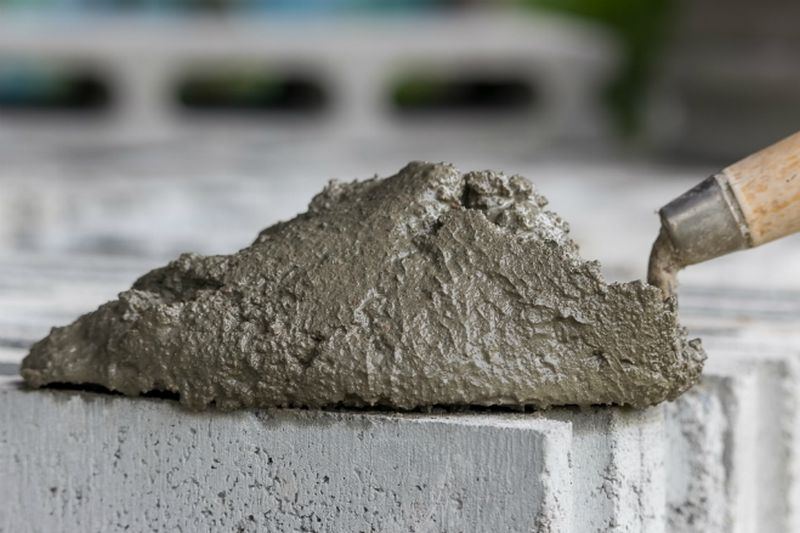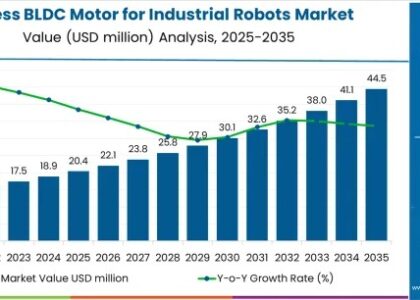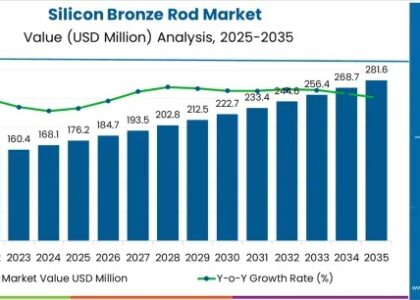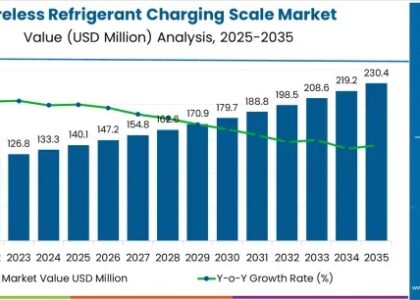While most analyses of the Qatar Cement Market focus on production capacity, infrastructure spending, and price trends, there exists a lesser-explored dimension that is becoming increasingly critical to the industry’s long-term sustainability—environmental regulation and the push for sustainable construction. As Qatar seeks to align its industrial growth with its environmental commitments under the Qatar National Vision 2030, the cement sector finds itself at a crossroads. Understanding this evolving landscape requires delving into the intersecting impacts of emissions standards, green building initiatives, and technological innovation within cement manufacturing—topics that are rarely addressed in typical market reports.
A High-Emissions Sector in a Low-Carbon Future
Cement production is one of the most carbon-intensive industrial processes in the world, responsible for roughly 8% of global CO₂ emissions. In Qatar, where construction continues to play a central role in economic development, cement manufacturers are increasingly under pressure to decarbonize. The country’s commitments under international climate agreements and its domestic policies have begun to manifest in regulations aimed at improving energy efficiency and reducing greenhouse gas emissions.
Request Your Sample and Stay Ahead with Our Insightful Report!
The introduction of sustainability rating systems such as the Global Sustainability Assessment System (GSAS), originally developed for Qatar’s Green Building Council, has encouraged contractors to source low-emission materials. This has created both a challenge and an opportunity for local cement producers, who must now invest in alternative fuels, energy-efficient kilns, and carbon capture technologies to remain competitive.
The regulatory landscape is evolving. The Ministry of Municipality and Environment (MME) has implemented stricter emission thresholds for industrial plants, including cement factories. These evolving environmental standards are compelling local producers such as Qatar National Cement Company (QNCC) to reevaluate operational practices, invest in cleaner technology, and explore alternative raw materials to reduce their carbon footprint.
Green Building Codes and Demand-Side Pressure
Another overlooked driver of change in the Qatar cement industry is the increasing adoption of green building codes across public and private sector projects. In preparation for global events such as the FIFA World Cup 2022 and other future development initiatives, Qatar placed heavy emphasis on sustainable infrastructure. This has led to greater demand for low-carbon cement alternatives, such as blended cements that incorporate fly ash, slag, or calcined clay—materials that reduce the clinker factor, which is responsible for the majority of emissions in cement production.
The Public Works Authority (Ashghal) has begun encouraging the use of eco-friendly building materials in its large-scale infrastructure projects. Consequently, contractors are requesting Environmental Product Declarations (EPDs) for cement products, putting further pressure on manufacturers to comply with international environmental standards. While this trend is not yet universal across all construction activities, it is indicative of a broader shift that could redefine competitive dynamics in the market.
To Gain More Insights about this Research, Visit!
Technological Innovation as a Strategic Imperative
To meet the dual pressures of environmental compliance and market demand, Qatar’s cement producers are slowly turning toward technological innovation. Waste heat recovery systems, low-NOx burners, and digital monitoring of emissions are being integrated into new and existing plants. The use of alternative fuels—such as refuse-derived fuel (RDF) from municipal solid waste—is also gaining traction, particularly as Qatar aims to reduce its landfill burden and move toward a circular economy model.
Qatar National Cement Company, which accounts for the majority of cement production in the country, has been exploring these avenues as part of its modernization strategy. While data on emissions reductions achieved through these efforts is limited in the public domain, early indicators suggest a shift in operational priorities. These innovations not only contribute to emission reductions but also help in reducing production costs, thereby improving the long-term economic viability of domestic cement production.
Imported Cement and the Regional Competition Factor
Due to the region’s surplus production capacity, Qatar has long been a part of the broader Gulf cement trade. However, as environmental standards tighten at home, Qatari cement producers may find themselves at a disadvantage against regional exporters not bound by similar ecological restrictions. This discrepancy creates a unique tension in the market. While domestic producers must invest in costly upgrades, imported cement can undercut them on price, even if it lacks the same sustainability credentials.
The government’s role in leveling this playing field—either through tariffs on high-emission imports or incentives for green manufacturing—will be crucial. Qatar’s ability to protect its domestic industry while promoting sustainability will determine whether it can serve as a model for balancing industrial growth with environmental responsibility in the Middle East.
A New Competitive Landscape Emerging
In the past, cement industry competitiveness in Qatar was largely determined by cost efficiency and proximity to construction sites. Today, a new set of criteria is emerging: emissions compliance, sustainability certifications, and alignment with national environmental goals. These factors are already beginning to influence procurement decisions for both public and private sector developers.
Furthermore, global investors are increasingly directing capital toward low-carbon industries. For Qatari cement companies, demonstrating a clear sustainability strategy is becoming essential not only for domestic legitimacy but also for access to international financing. As ESG (Environmental, Social, and Governance) criteria gain traction in the Middle East, cement companies with the foresight to invest in clean technology and sustainable operations will enjoy a first-mover advantage.
Reach out to Sales to Secure Your Copy of the Report Now!
Outlook: Sustainability as the Future of the Qatar Cement Market
Looking ahead, the Qatar Cement Market is poised to be shaped less by traditional supply-demand cycles and more by the country’s environmental ambitions and sustainable construction agenda. As Qatar continues to prioritize carbon neutrality and resource efficiency, cement producers must evolve or risk obsolescence.
The narrative of the Qatar cement industry is shifting—from a story of infrastructure-led growth to one of environmentally conscious transformation. This underexplored facet of the market reveals a powerful insight: the cement of tomorrow will not only build the skylines of Doha but also define Qatar’s role in a low-carbon world.
Qatar Cement Industry Analysis by Product Type, Application, and End Use
By Product Type:
By product type, the market is segmented into ordinary Portland cement, Portland pozzolana cement (PPC), sulphate resistant Portland cement, blended cement, white cement, Portland slag cement (PSC), super grade cement, and hydrophobic Portland cement.
By End Use:
Based on end use, the market is segmented into residential and commercial building, civic infrastructure, and industrial and marine construction.
About Future Market Insights (FMI)
Future Market Insights, Inc. (ESOMAR certified, recipient of the Stevie Award, and a member of the Greater New York Chamber of Commerce) offers profound insights into the driving factors that are boosting demand in the market. FMI stands as the leading global provider of market intelligence, advisory services, consulting, and events for the Packaging, Food and Beverage, Consumer Technology, Healthcare, Industrial, and Chemicals markets. With a vast team of over 400 analysts worldwide, FMI provides global, regional, and local expertise on diverse domains and industry trends across more than 110 countries.
Join us as we commemorate 10 years of delivering trusted market insights. Reflecting on a decade of achievements, we continue to lead with integrity, innovation, and expertise.
Contact Us:
Future Market Insights Inc.
Christiana Corporate, 200 Continental Drive,
Suite 401, Newark, Delaware – 19713, USA
T: +1-347-918-3531
For Sales Enquiries: sales@futuremarketinsights.com
Website: https://www.futuremarketinsights.com
LinkedIn| Twitter| Blogs | YouTube






